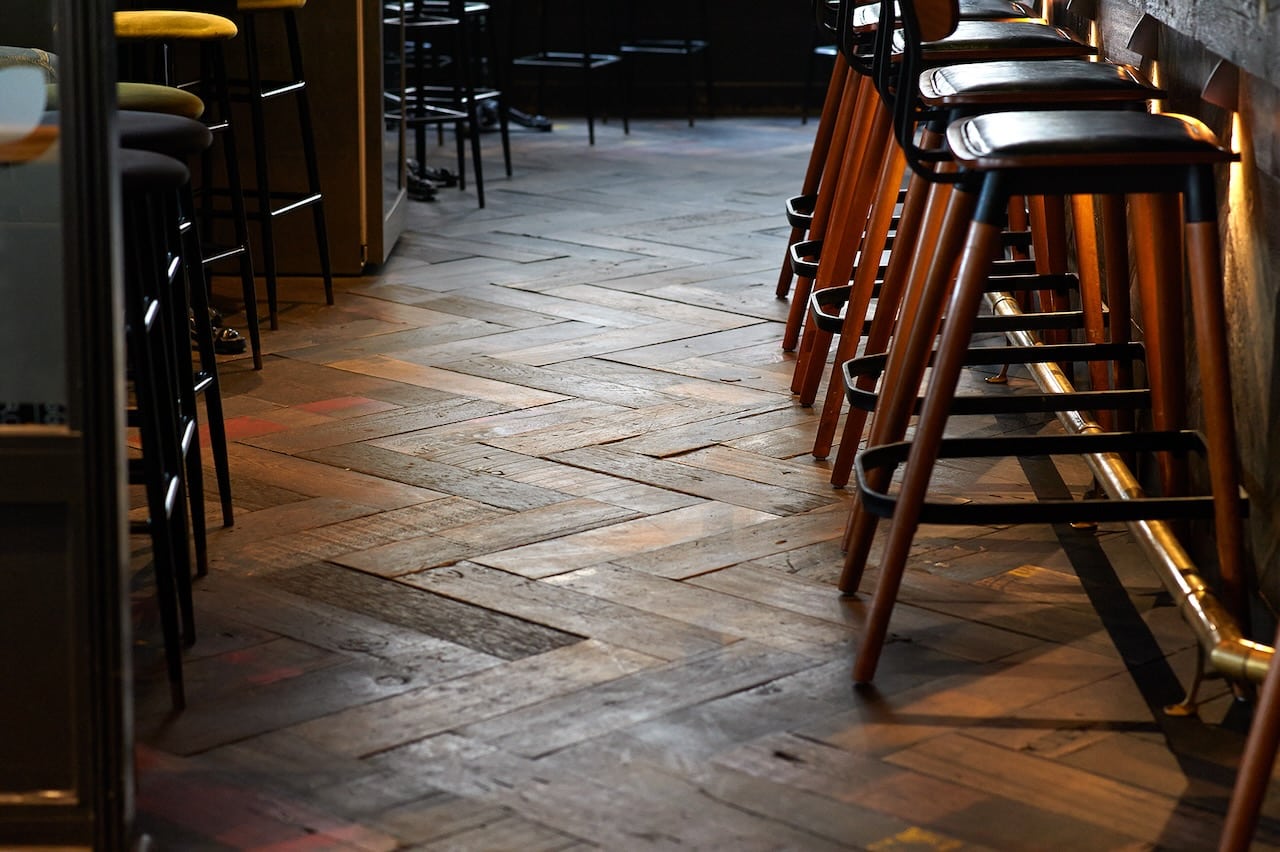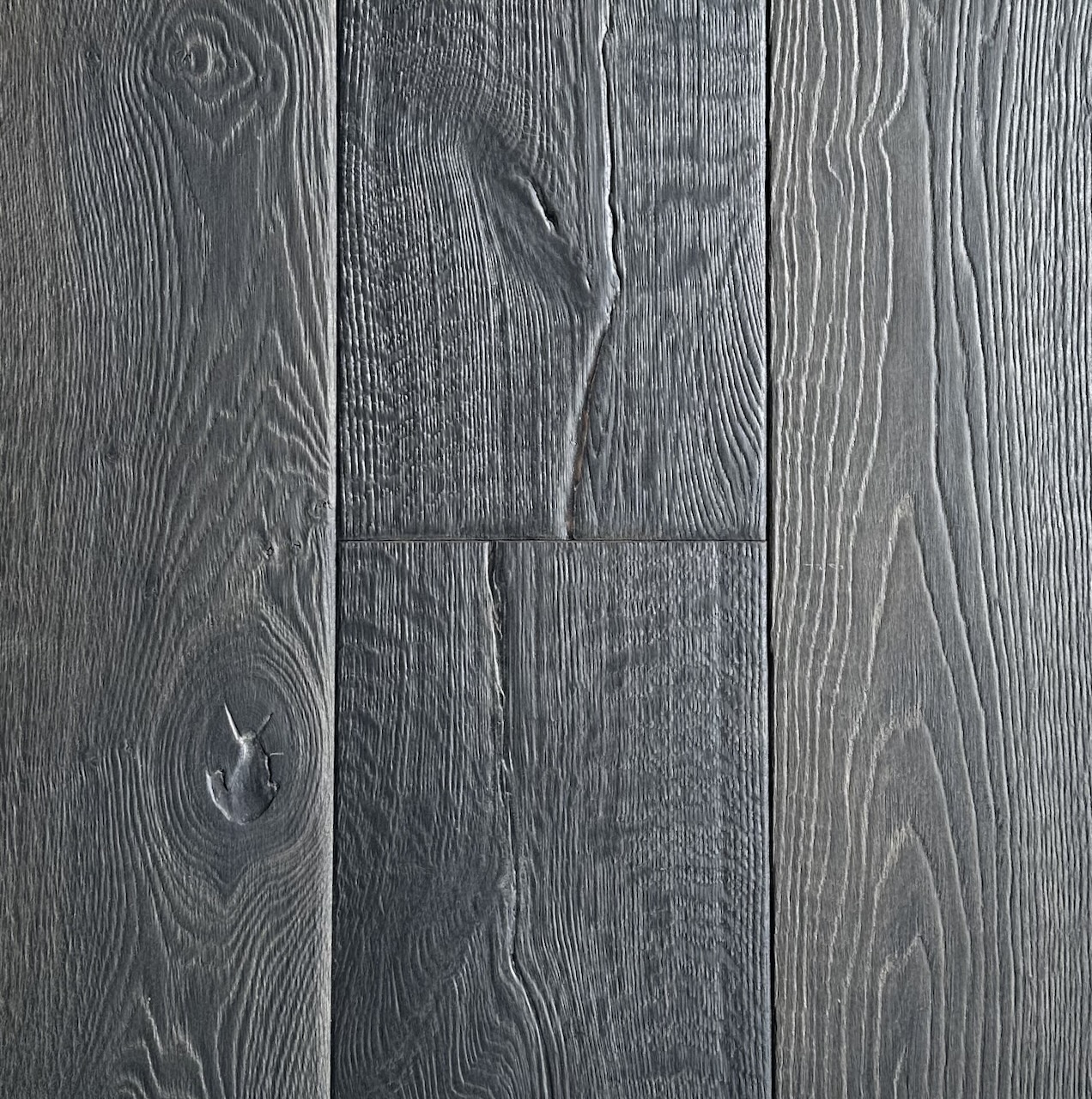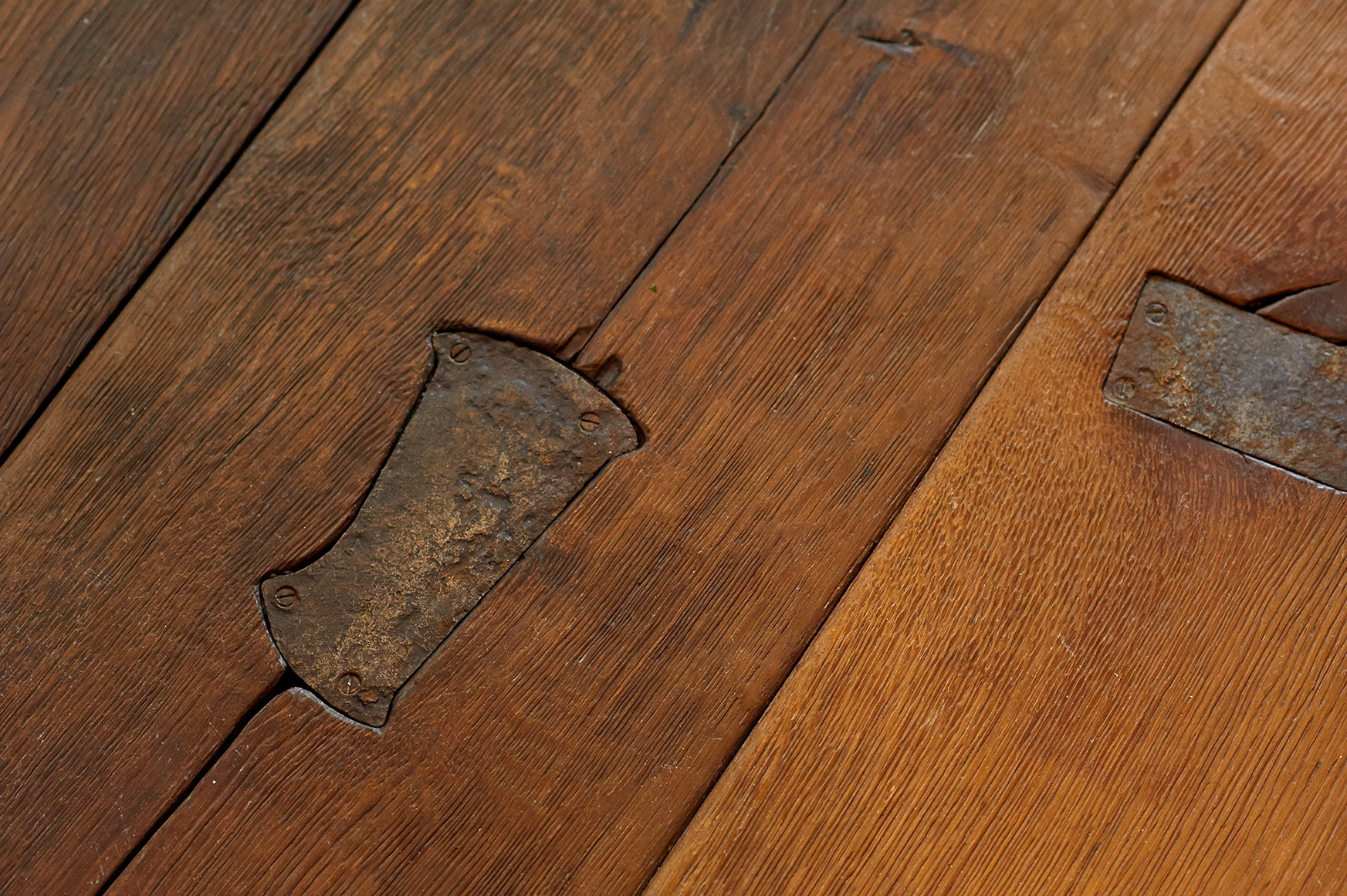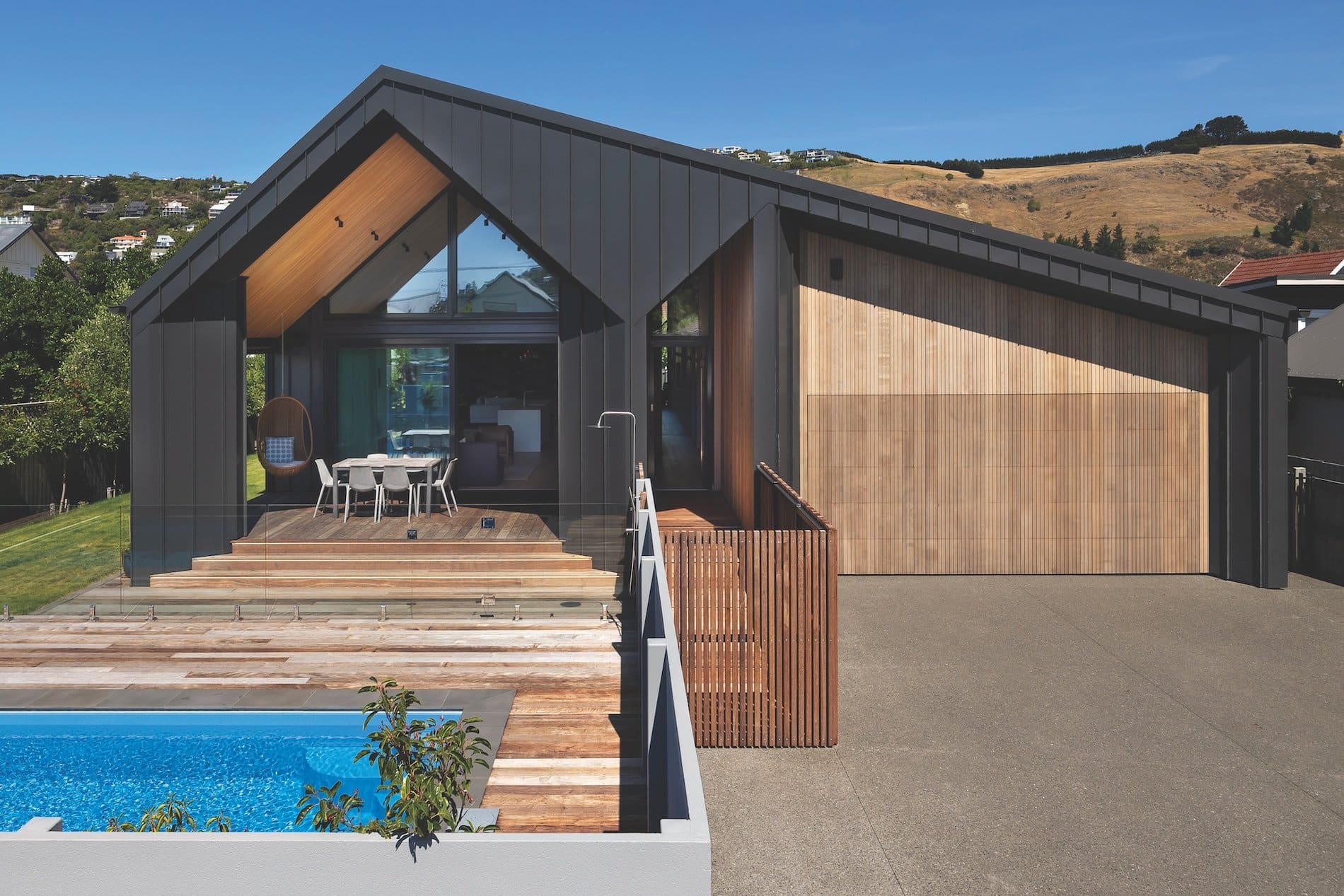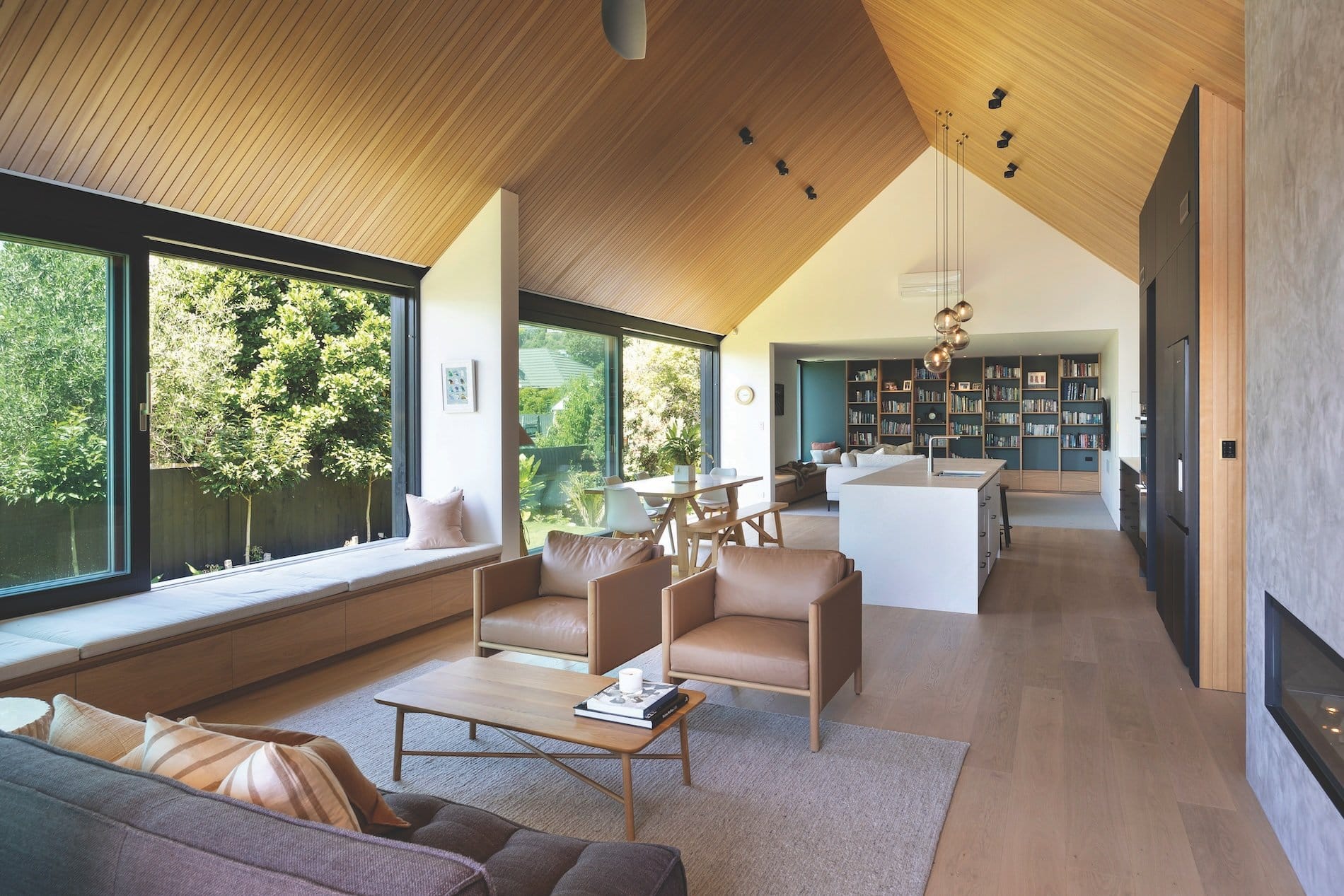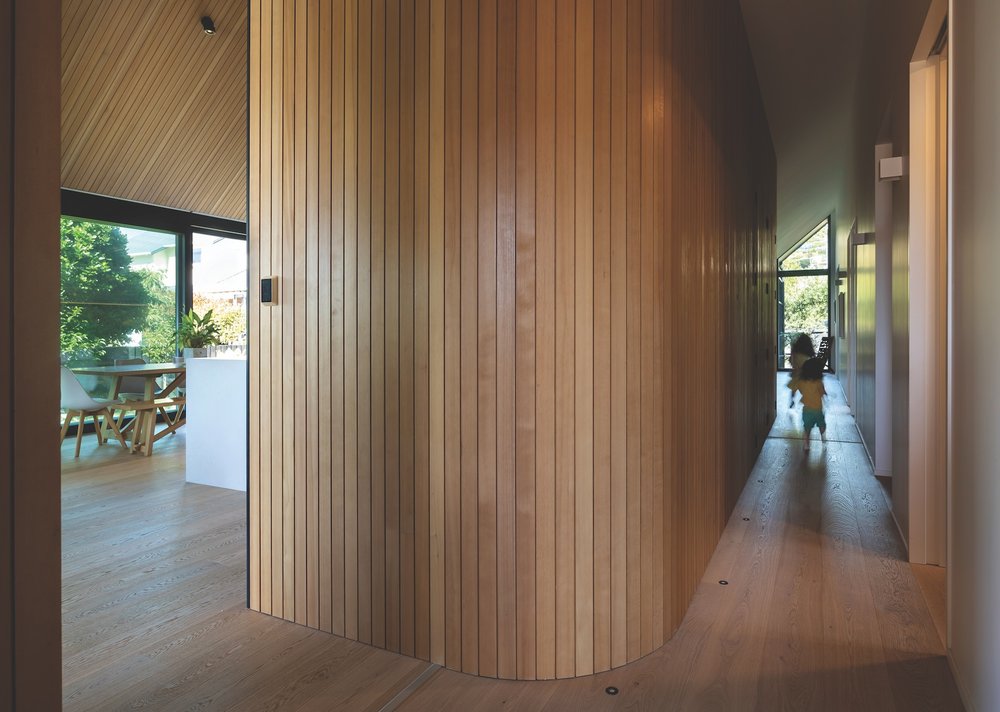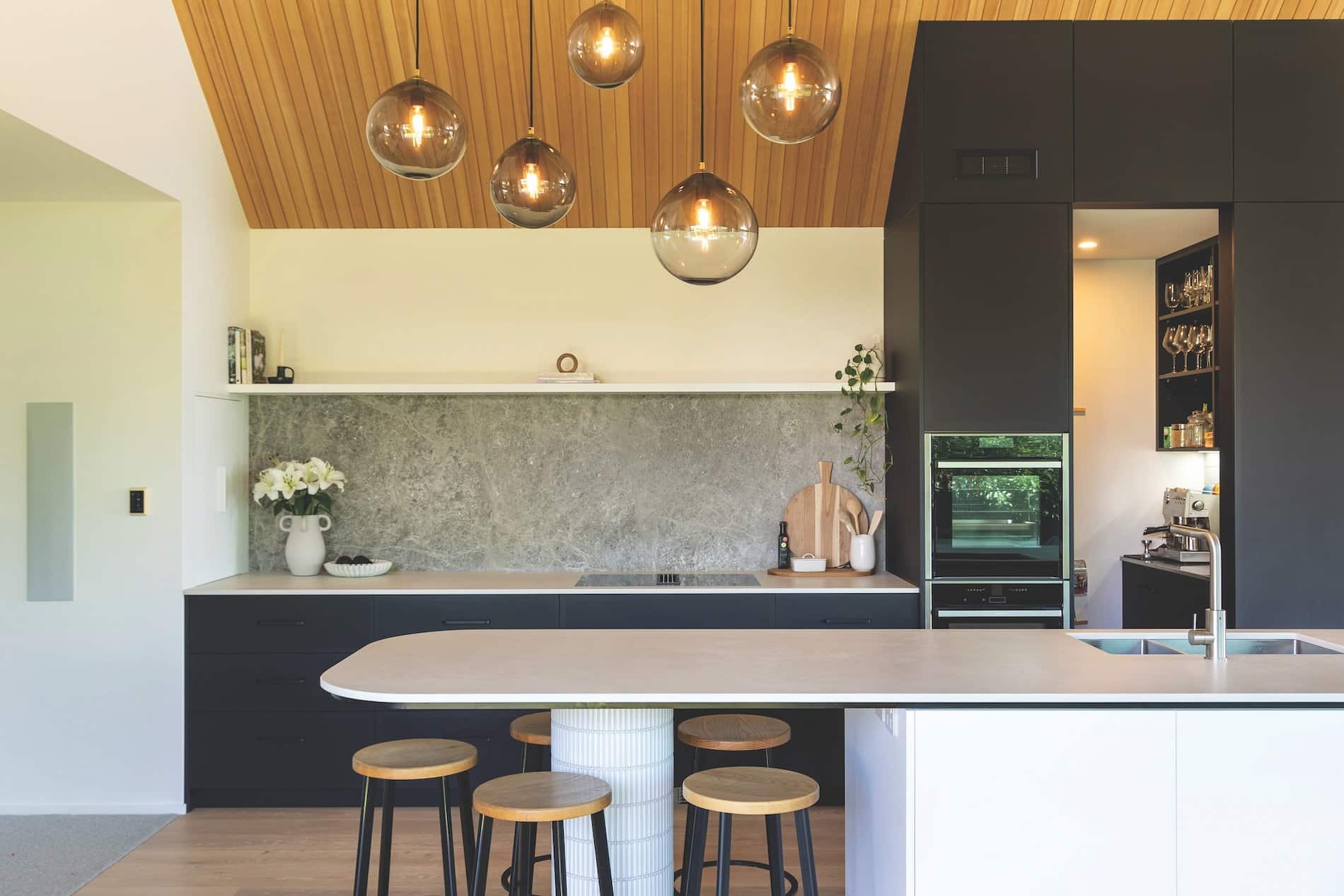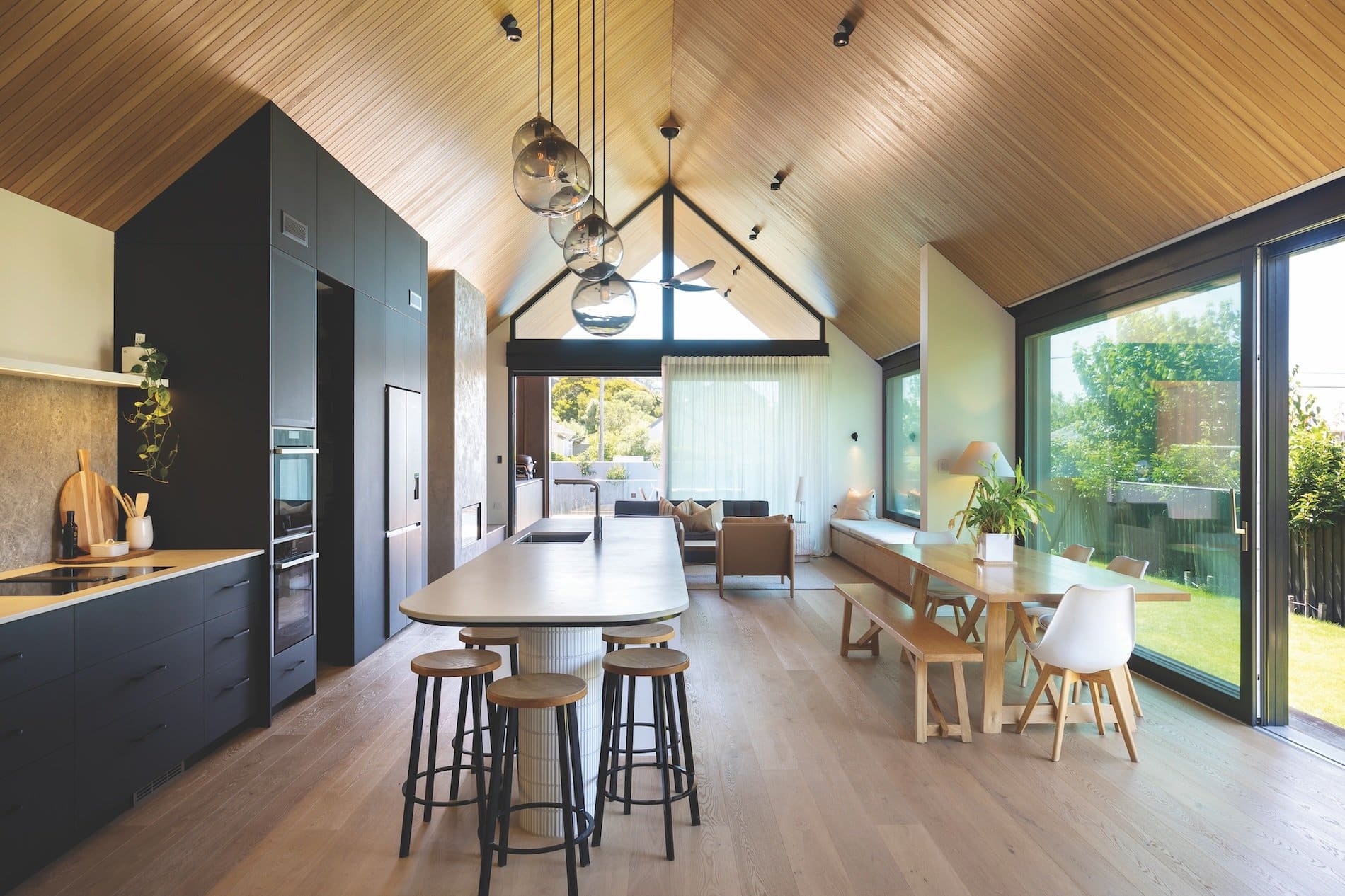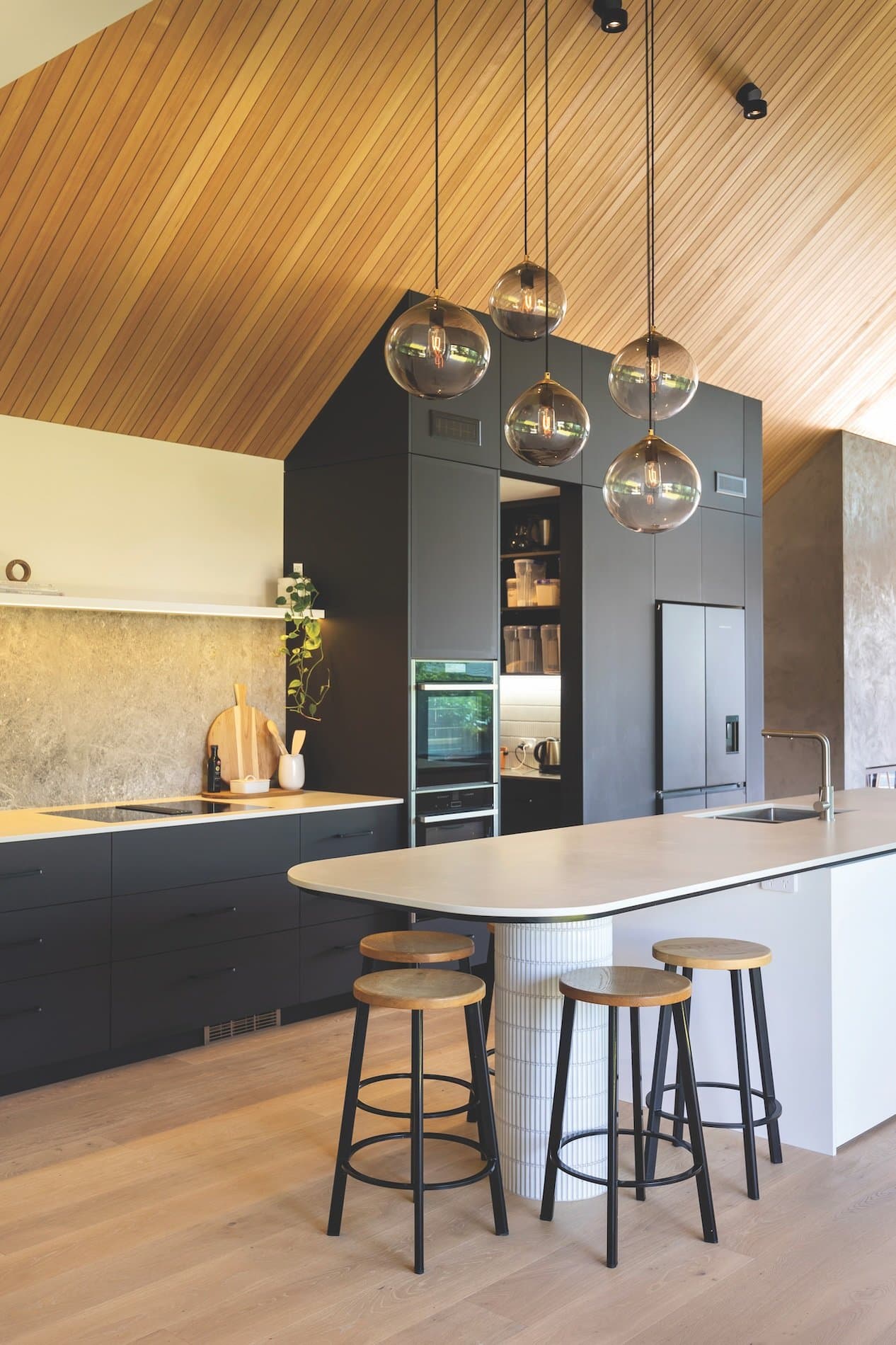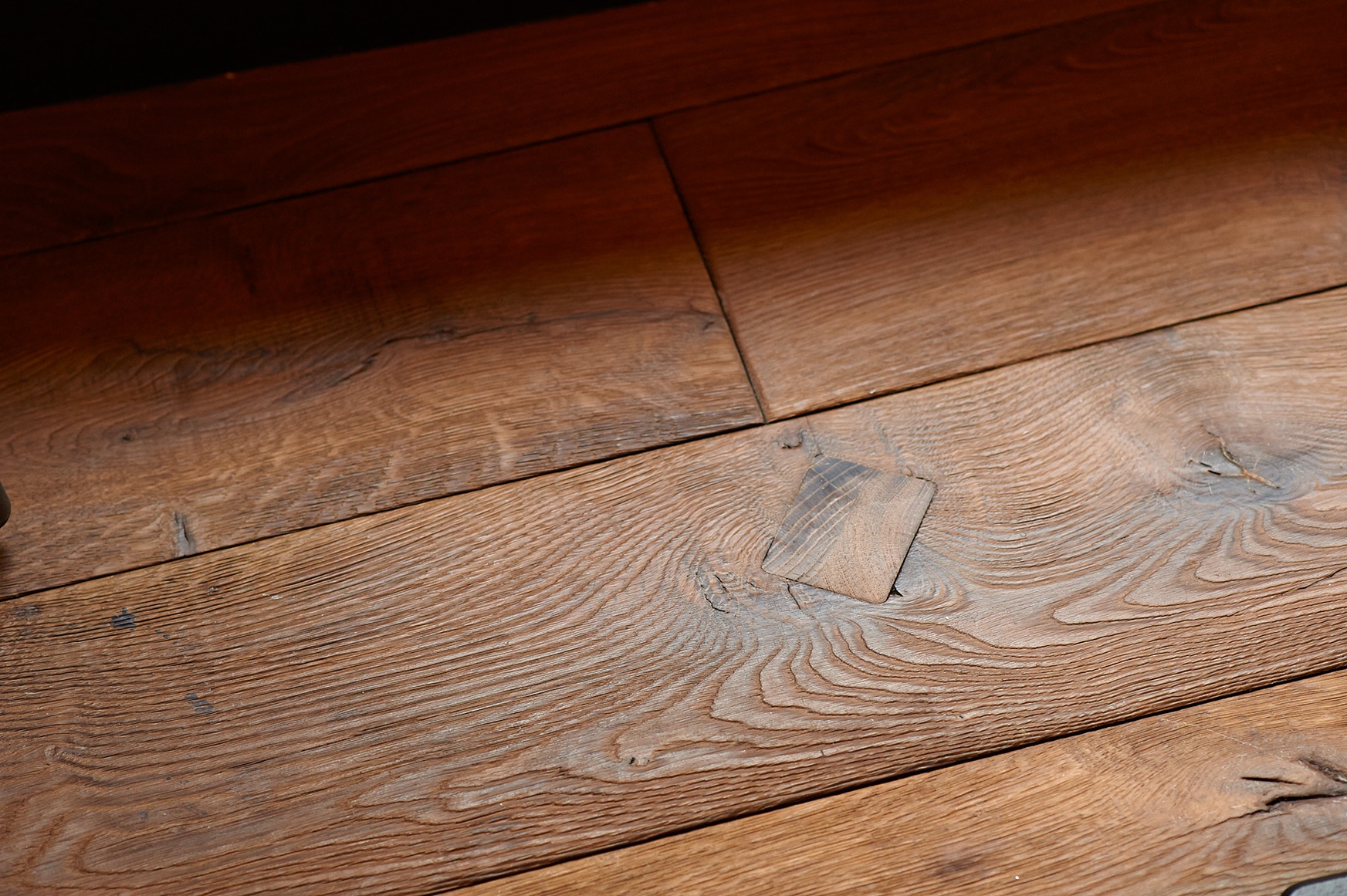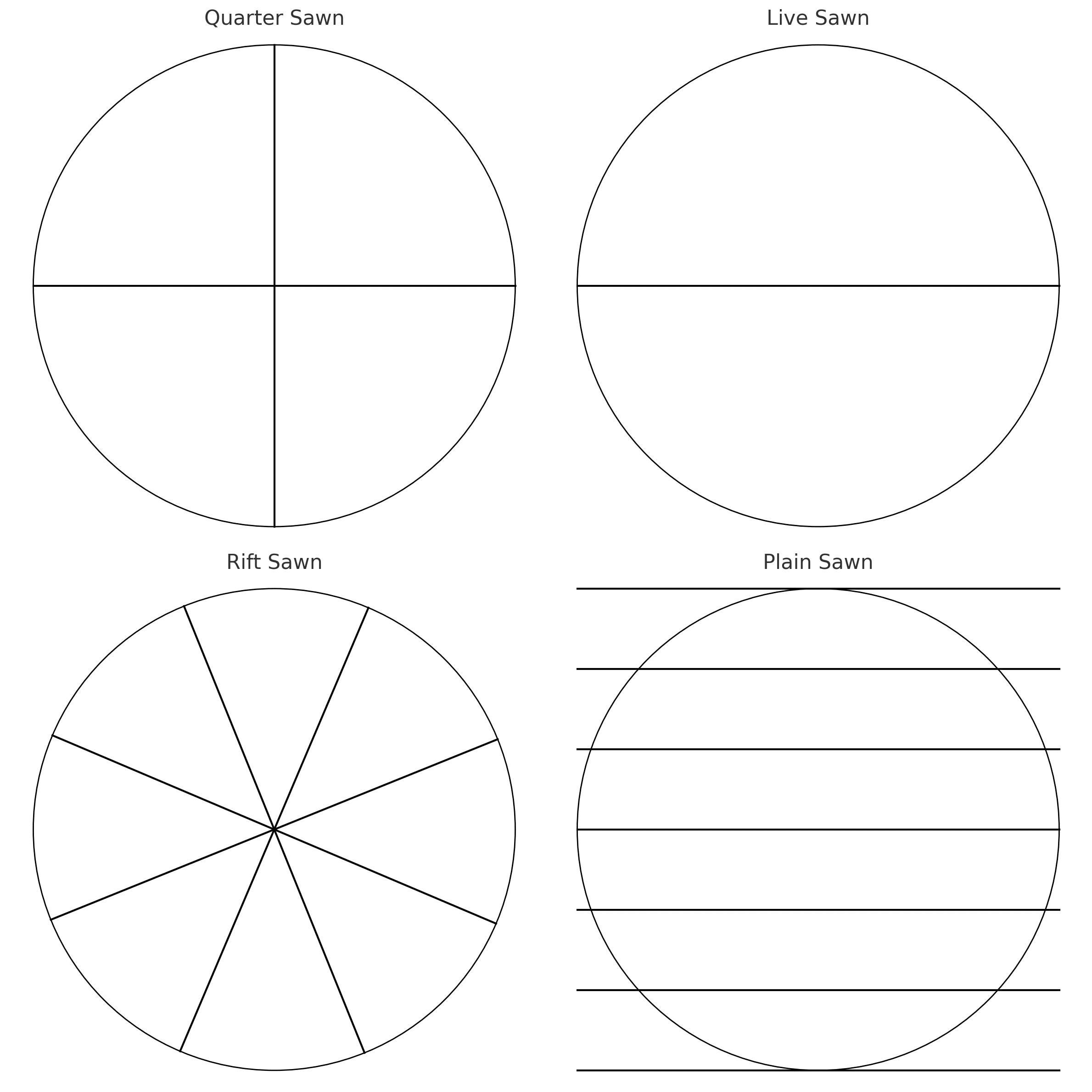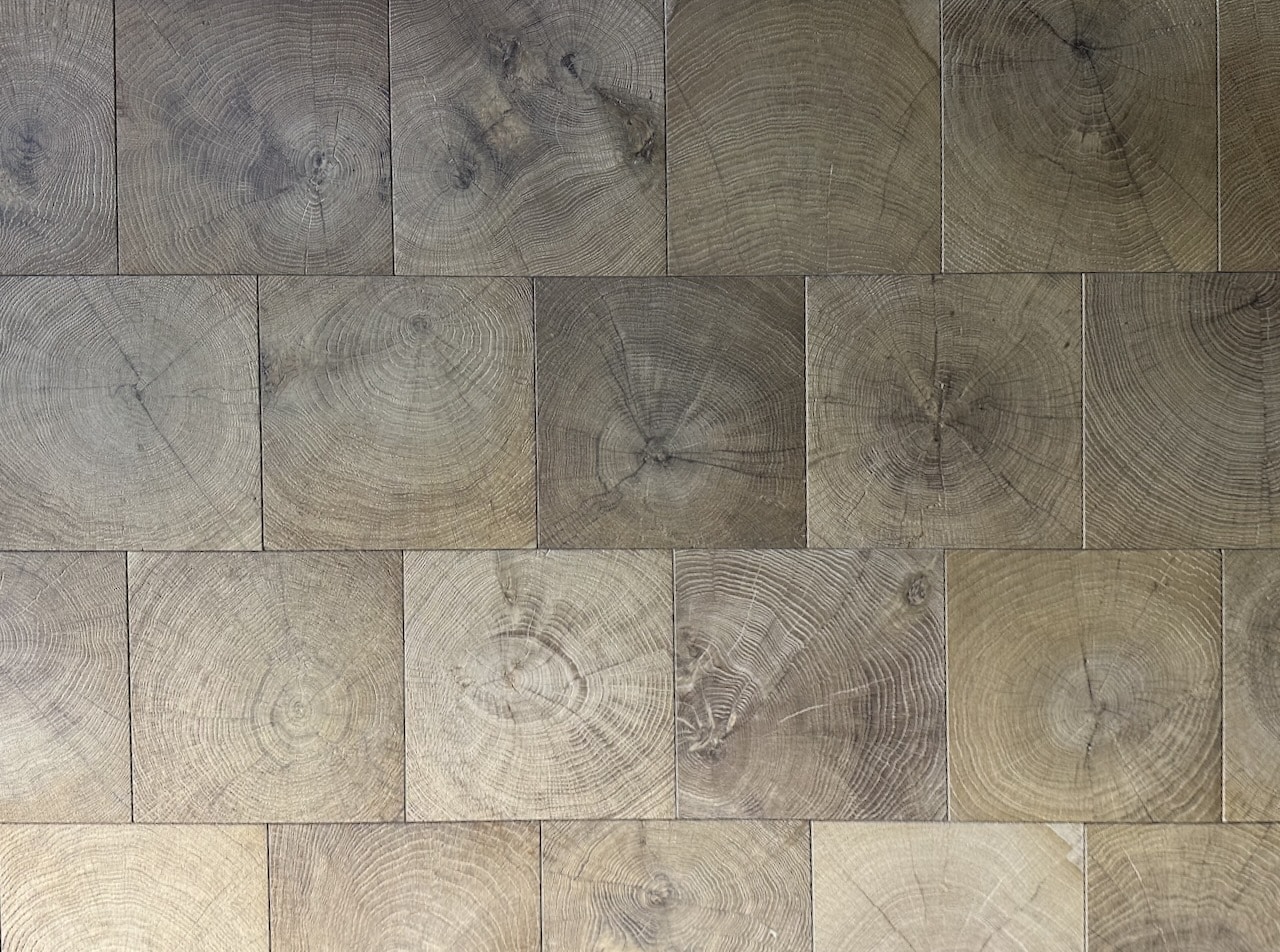Unique Elegance of Reclaimed Wood Flooring
At Vienna Woods, we are thrilled to introduce a truly exceptional range of aged and reclaimed timber flooring: Antique Floors from Luxembourg. These floors are not just visually captivating but also resonate with our values of sustainability and European craftsmanship.
Why Choose Antique Floors?
Authentic Reclaimed Wood:
Many of the Antique Floors products are made from upcycled materials. In these cases, each plank tells a story and sometimes that story dates back 150 years. Antique Floors sources their reclaimed wood from historical structures, including century-old French train carriages and old barn rafters. This reclaimed timber offers a unique character, unmatched by new timber floors.
Sustainability:
By repurposing existing wood, Antique Floors significantly reduces the demand for new timber, aligning perfectly with our commitment to environmental responsibility. The use of recycled materials in these floors not only adds charm but also promotes sustainability in home design.
Unparalleled Craftsmanship:
Since 1982, Antique Floors has been handcrafting bespoke flooring. Reclaimed timber flooring and reclaimed wood in general is challenging to work with. Their artisans are masters in their craft, meticulously selecting and processing each piece of wood to highlight its natural beauty and unique grain. This dedication ensures every floor is a one-of-a-kind masterpiece.
Product Highlights
Havane:
Unique, heat-treated planks with authentic end-grain inserts and interesting metal repairs. Available in a rich natural oak plank (300), a tobacco hue (301) and a dark charcoal colour (307). Characterised by a structurally stable, colour-fast surface and natural imperfections of variations and beautiful repair work. Perfect for both commercial and domestic projects due to their dimensional stability and high quality.
Le Bois Gouge Nature:
A luxurious timber flooring option made from sustainably sourced European oak. Each plank is hand-scraped by artisans in Luxembourg, featuring unique knots and grains that add rustic charm and durability. Engineered for stability and easy installation, this flooring suits various interior styles, from rustic to contemporary.
Wagon Boards:
Salvaged from old French train freight carriages, these boards add a rustic charm to interiors. Available in various finishes, they are a testament to the history and durability of reclaimed wood. Repurposed wood flooring is cherished for the life it’s lived and the stories it could tell, but it also has to look amazing. If you’re looking for the ultimate in reclaimed timber flooring, then Wagon Boards are the one.
Experience the Antique Floors Difference for Yourself
We invite you to experience the unique charm of Antique Floors firsthand. Visit our showroom for an exclusive viewing where you can see, feel, and appreciate the blend of history and quality craftsmanship. If a visit is not possible, our team is always available to provide more information and assist you in selecting the perfect floor for your project. Click here to schedule a showroom consultation.
Availability
Each Antique Floors order is produced specifically to suit your space through our Special Order Program. You can find our more about Vienna Woods Special Orders here.
Embrace the elegance of reclaimed wood flooring with Antique Floors from Luxembourg, available exclusively at Vienna Woods.
